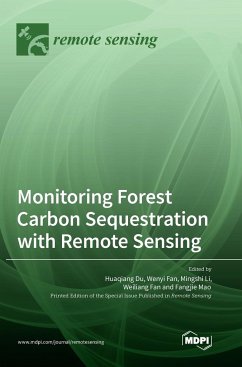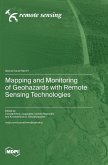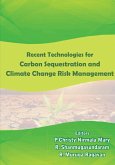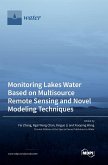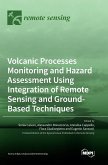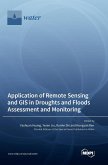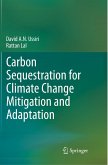The forest, as the main body of the terrestrial ecosystem, has a huge carbon sink function and plays an important role in coping with global climate change. This book on "Monitoring forest carbon sequestration with remote sensing" mainly focuses on new remote sensing theories, methods, and technologies for monitoring carbon sinks in forest ecosystems (including urban forest ecosystems) and calls for papers that present original research on the following broad topics: Application of new remote sensing techniques to estimate forest aboveground biomass carbon storage and soil carbon storage. Coupling remote sensing and ecosystem models to simulate the carbon cycle of a forest ecosystem. Application of new sensors or algorithms to retrieve vegetation parameters closely related to forest carbon sink functions, such as leaf area index, tree height, chlorophyll, maximum rate of rubisco carboxylase activity, sun-induced chlorophyll fluorescence, forest age, etc. Integration of multi-temporal or multi-sensor data to detect dynamic changes in and disturbances of forest resources.

